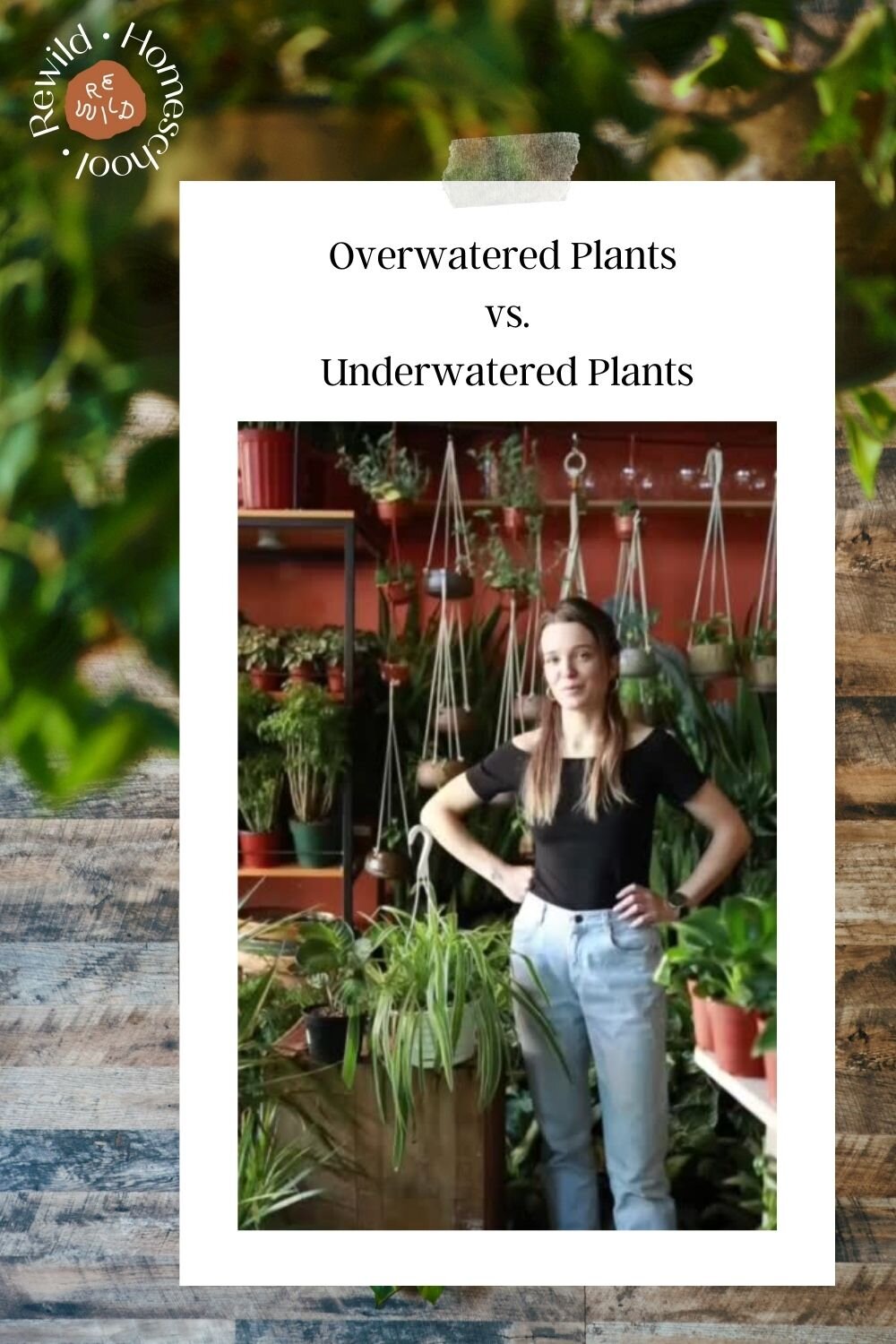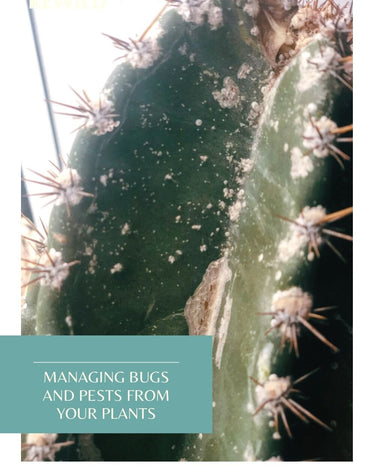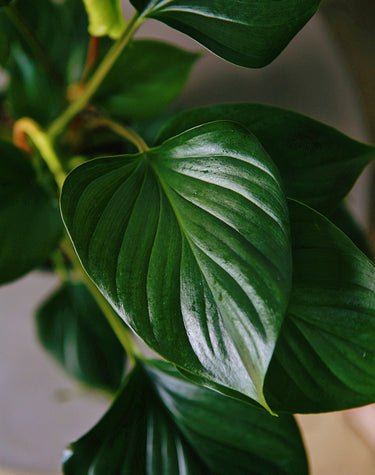
The Subtle Difference Between Overwatering and Underwatering
We’ve been getting this question a lot lately… something along the lines of this:
“I was having issues with my plant, and I looked up the symptoms and it said I could be overwatering my plant or underwatering my plant and how the heck do i know which it is??”
REWILD is here to make the process of plant care easy, even relaxing, which means we’re here to equip you with the knowledge to properly care for your own plants at home! This sometimes means we stray a little bit away from giving you the prescriptive approach to caring for your plants, encouraging you to take some time to observe your plants patterns. Be a scientist for the first few weeks of owning your plant. Your plant will tell you what it needs if you learn to see those signs! There tends to be a lot more context than just the issues themselves.
So I’m seeing brown leaves on my plant, which can be a sign of underwatering or overatering. How can I tell what the real issue is?
First one’s obvious: how does the soil feel? If it’s dry, it’s quite likely to be underwatering if the first couple inches of soil feel dry to the touch.
Secondly: how do the leaves look and feel? A droopy leaf that has become dull in color tends to indicate underwatering. If the leaves of the plant feel like they have a solid structure, and the stems are sturdy, it’s likely to be overwatering. You may also notice yellow leaves in the case of overwatering.
Finally: what are the external conditions that could be affecting your plant? Is it near a radiator that could be diminishing the humidity? Is it receiving a great deal of direct sunlight that could be burning the leaves? It wouldn’t hurt to check for pests, so check out our article and video on how to do just that.
If your plant is new to your collection, it’s always possible that it’s going through a bit of an adjustment period.
These plants are often journeying from the greenhouse, to the plant shop, and finally to your home. Have you ever moved with your plants and noticed them struggle for a couple weeks in your new home? Leaf loss and other irregularities are normal to expect during your plants adjustment period, so as challenging as it may be, give your plant time and patience. Continue to water as usual, when the top 2 inches of soil feel dry.
What will help you the most is taking time to observe your plants in action in your home.
For instance, notice what your plant does the day after your water. Can you see the leaves become more upright? When you touch them, do you they feel more plump?
Proper watering is paramount, so check out our post on how to water your plants, and check out this video for some examples of the differences between overwatering and underwatering.



Leave a comment
This site is protected by hCaptcha and the hCaptcha Privacy Policy and Terms of Service apply.